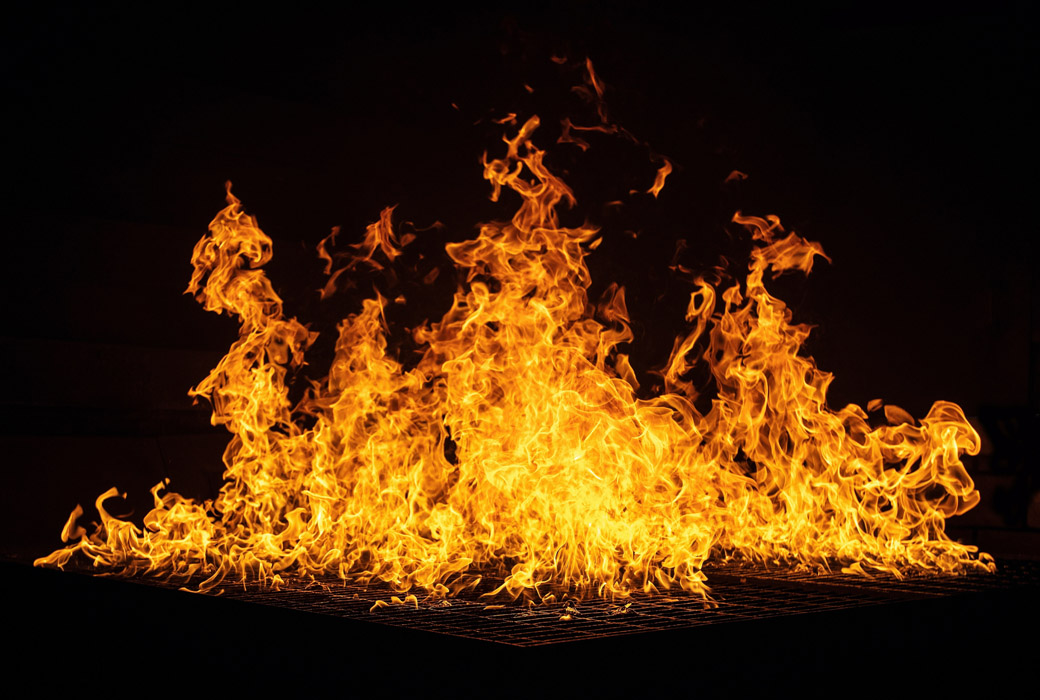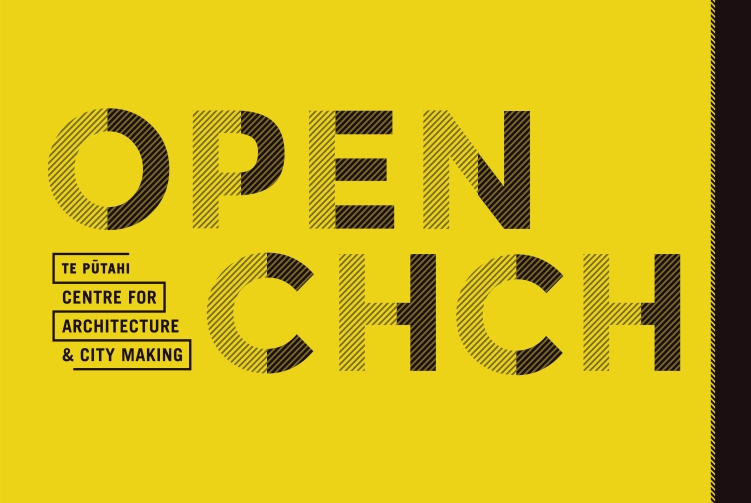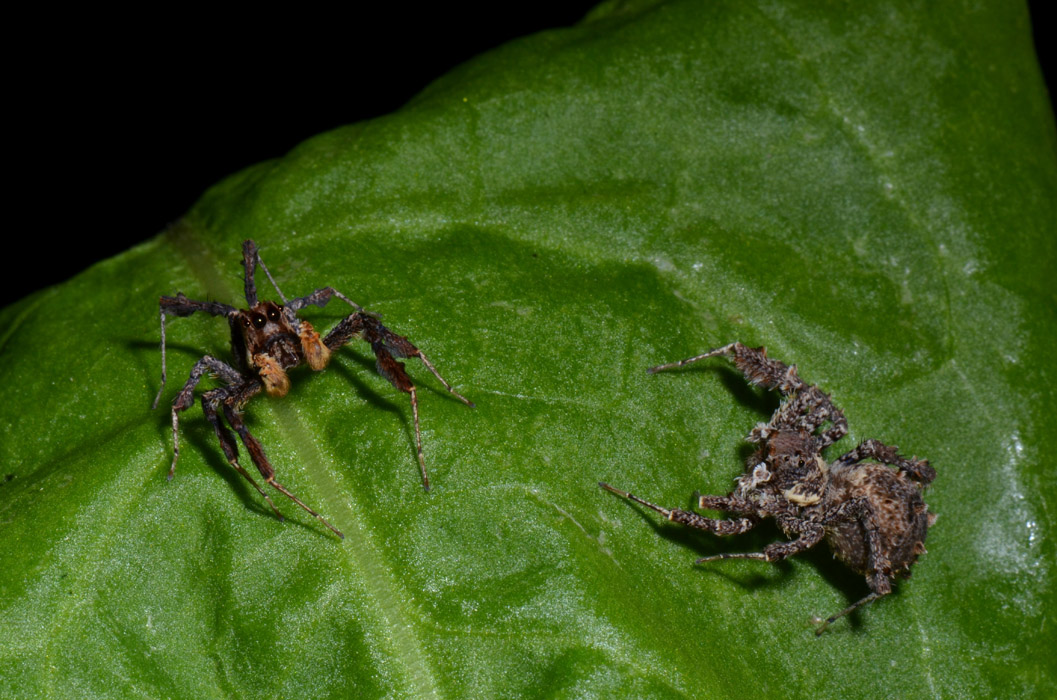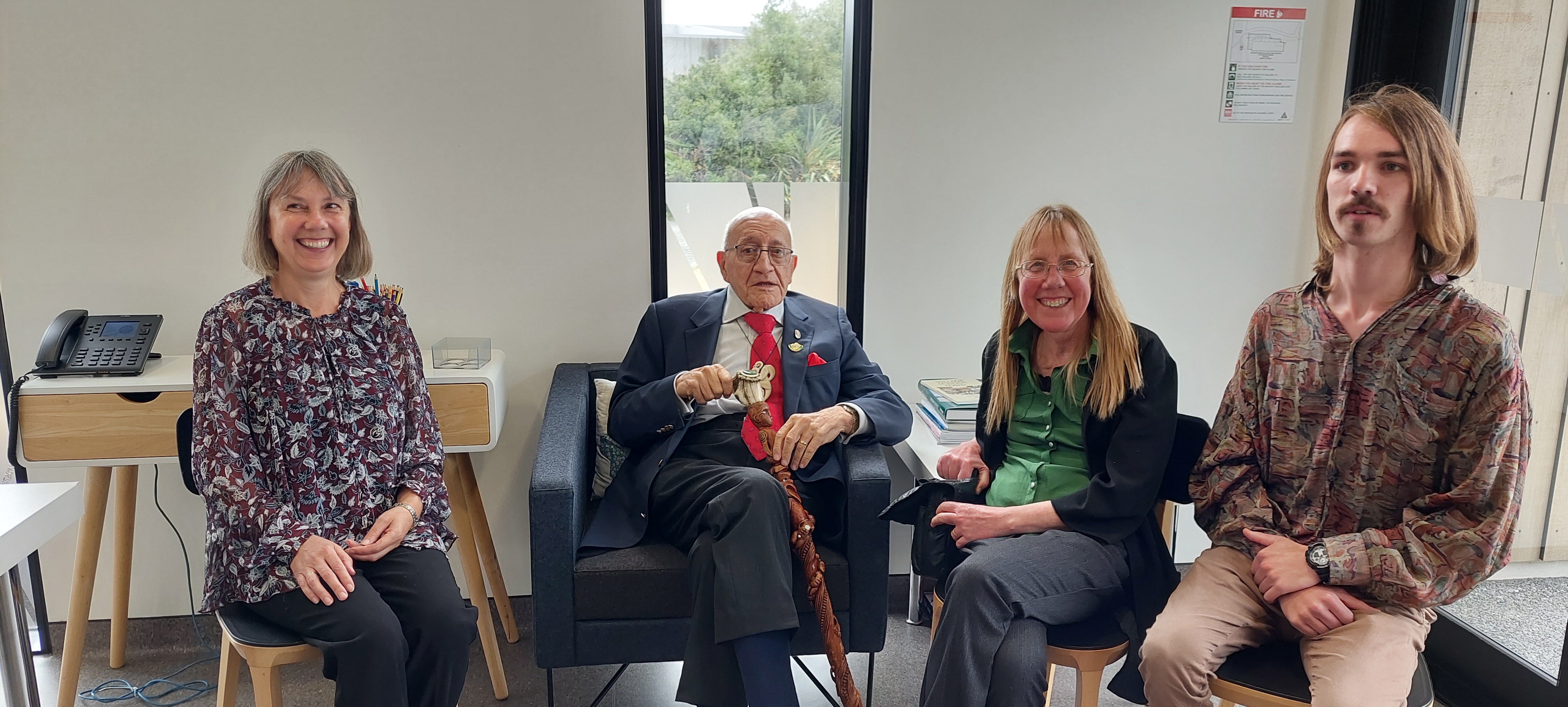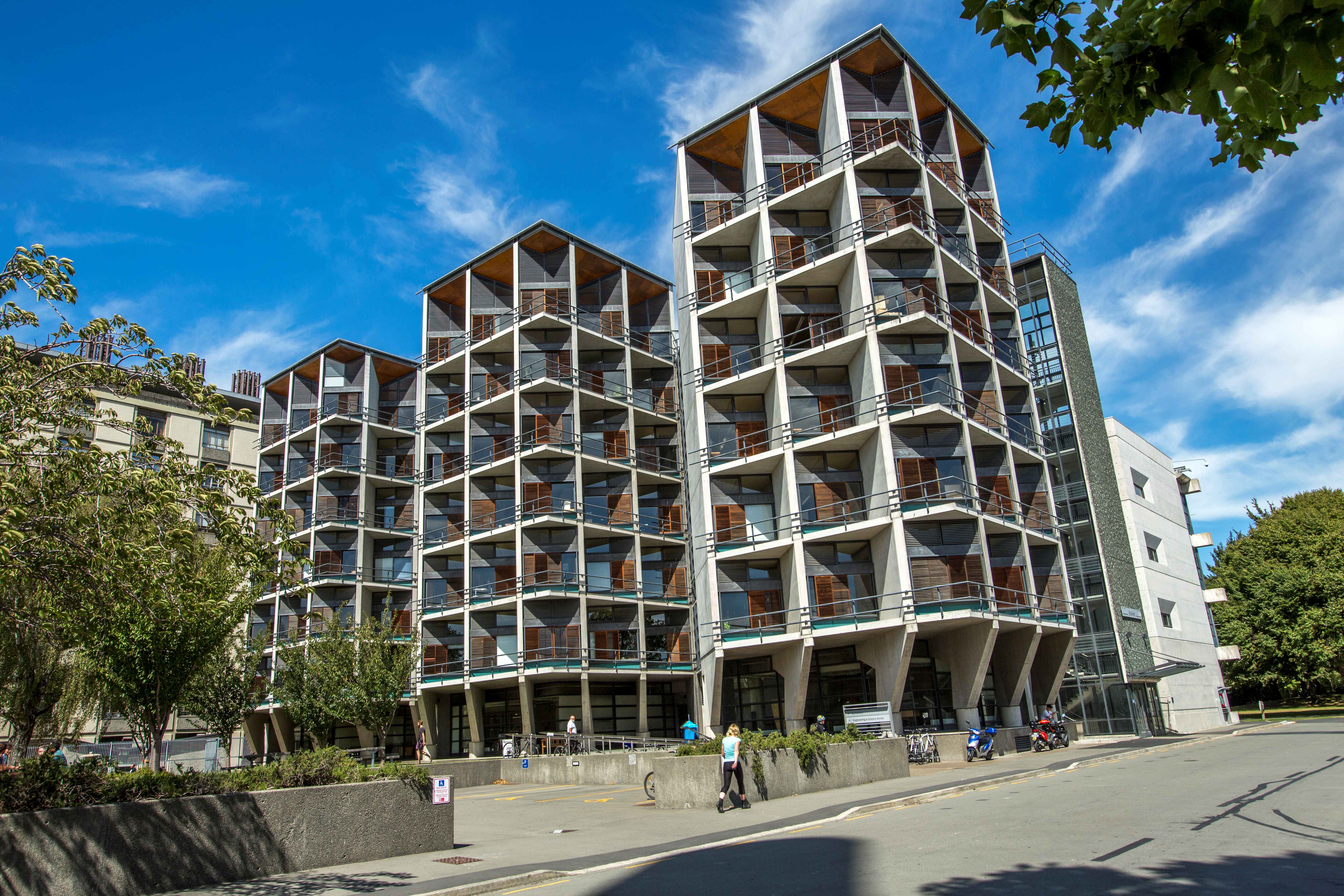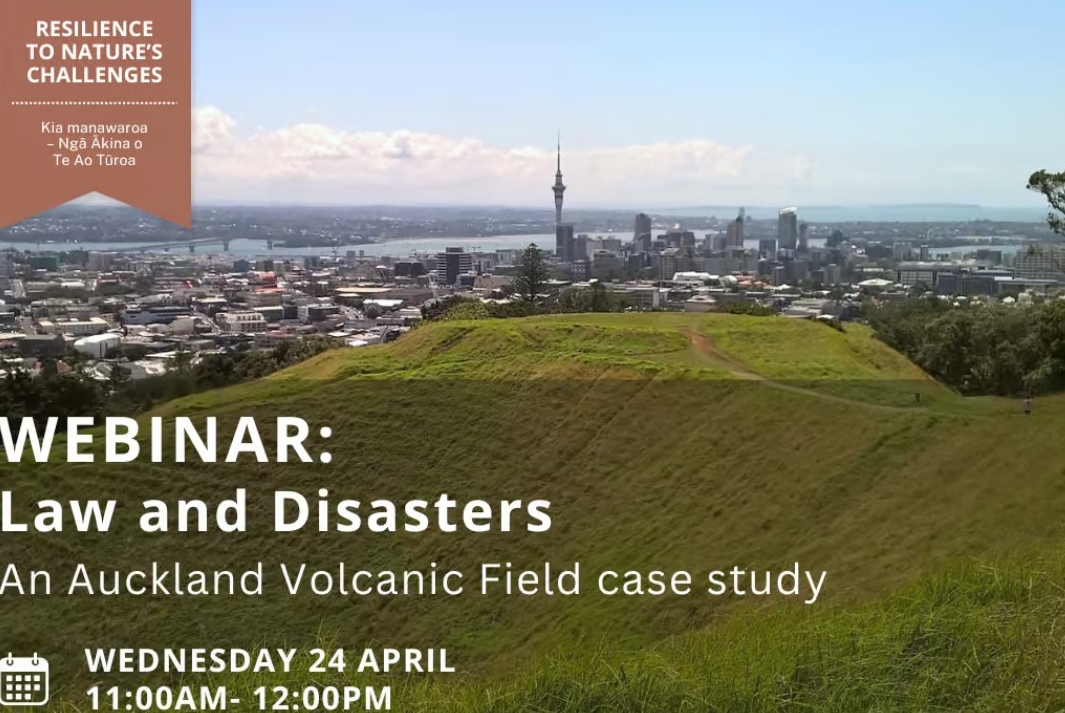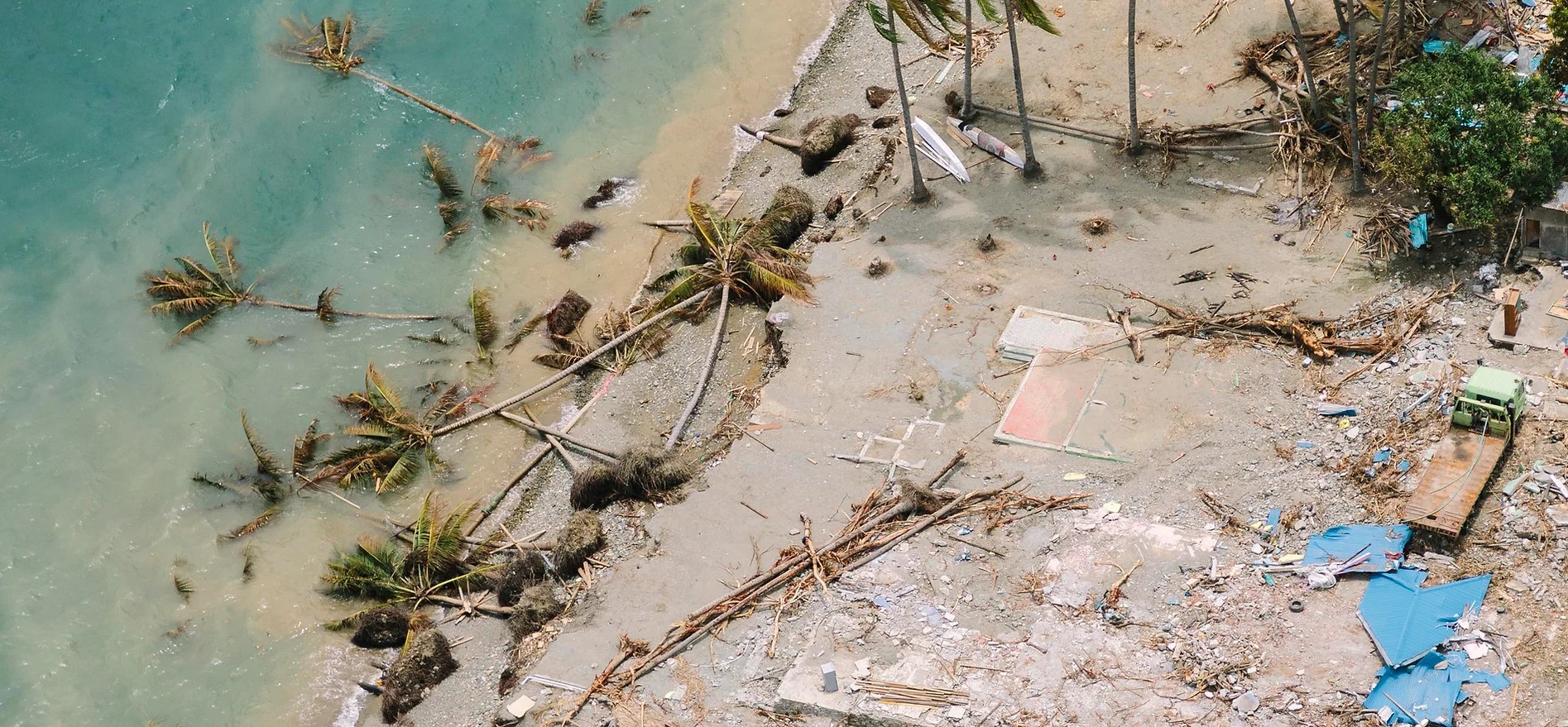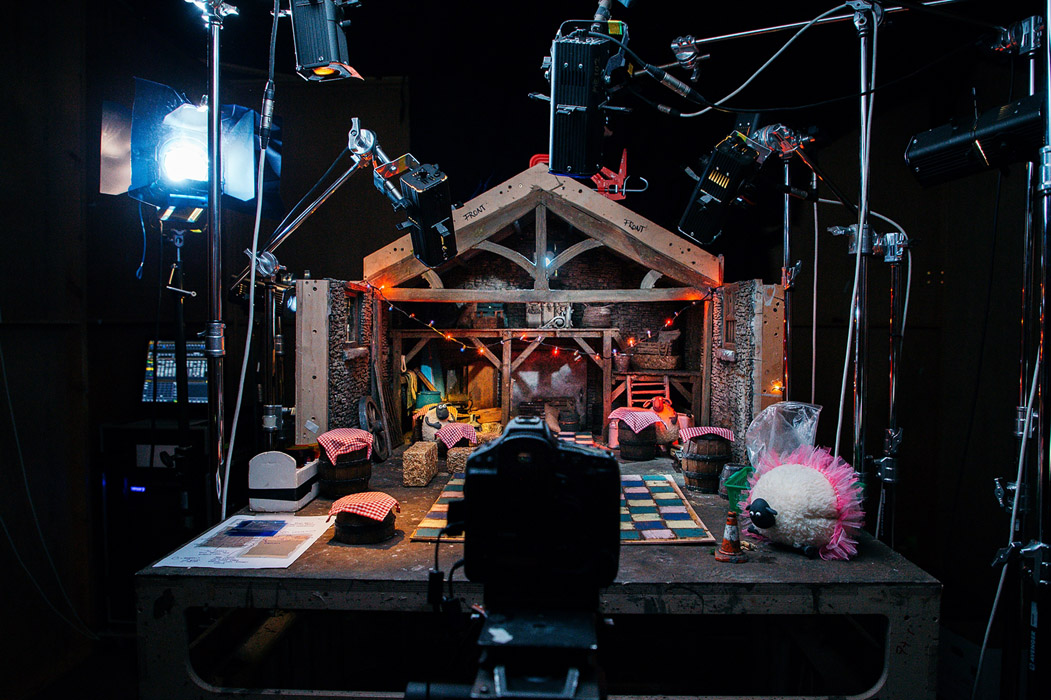Photo credit: Ricardo Gomez Angel on Unsplash
Te Whare Wānanga o Waitaha | University of Canterbury (UC) Associate Professor in Atmospheric Dynamics Marwan Katurji, who was an expert witness for the Port Hills fire and is studying the Lake Ōhau fire incident, is creating detailed, localised modelling systems that provide accurate predictions of fire spread by incorporating weather changes driving fire behaviour.
Wildfire costs in New Zealand since 2017 have reached $82 million, “Previous studies assessing the future wildfire risk in Aotearoa New Zealand have found that climate change will increase fire risk in many regions, so being able to get ahead of fires and their movement will be crucial in protecting communities and the environment.” Says Associate Professor Katurji.
Associate Professor Katurji says the models are considered high-fidelity and use atmospheric and spatial predictions, meaning, “they can represent specific locations’ real-time conditions, unlike other models which use data that is not tied to a specific location to give a broad prediction of the weather.”
Current models don’t account for local variable weather conditions. “We often think, ‘Why did it not rain when the weather forecast said it would?’ Well, that’s because the models used to predict the forecast underestimate the processes causing rain at the very local scale, so the actual rain happening in Canterbury isn’t represented in those models.”
Associate Professor Katurji hopes the models can be used in fighting wildfires and in fire engineering. “Ideally Fire and Emergency New Zealand will use this technology to predict or re-analyse real-time movement of the fire so they can get ahead of where it is going, but fire engineers could also use this to improve building practices to protect against fire by understanding how fire moves and how turbulent wind impacts fire behaviour.”
For understanding extreme fire behaviour, the team has been running fire whirl experiments in Twizel, “during these world-first field-scale experiments we created vortices, or fire tornados. These are the most unpredictable and undocumented types of fire, so being able to recreate them in a controlled setting gives the models real-world insights.” Says Associate Professor Katurji.
The team also conducts field-scale fire experiments where particular homogenous fuels, like gorse, stubble wheat, and wild pine are ignited and weather and fire behaviour observed very closely. “We light the fires with different fuels and let it rage really quickly with the wind under a meteorological tower. We have temperature sensors in the field and uncrewed aerial systems above the fire which use cameras to observe and capture what is happening in the field.”
Currently there is no theory for fire spread, but Associate Professor Katurji hopes this research will help inform and provide practitioners with insights on fire movement under different atmospheric conditions to better protect our environment from damaging wildfires.
The team acknowledges that this research program is funded by MBIE and is carried out in collaboration and coordination with the forestry crown research institute SCION with international partners San Jose State University, and the Missoula Fire Science Laboratory.
 Sustainable Development Goal (SDG) 9 - Industry, innovation and infrastructure.
Sustainable Development Goal (SDG) 9 - Industry, innovation and infrastructure.
